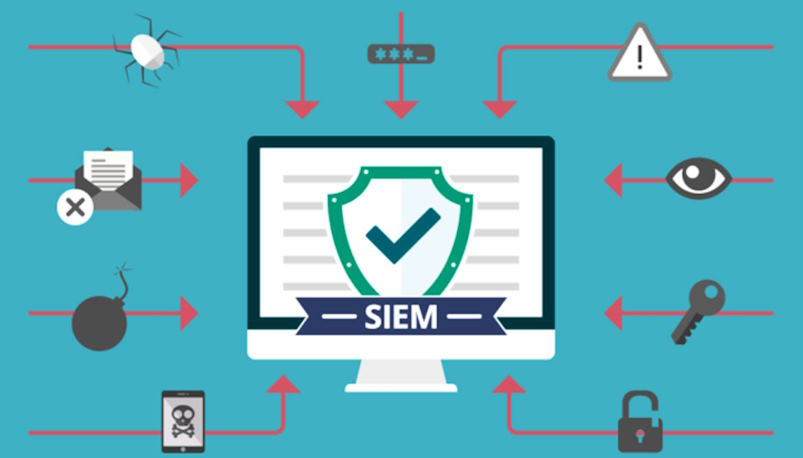
Security Information and Event Management (SIEM) Solutions
In an era where data breaches and cyber attacks have become increasingly commonplace, the adoption of robust cybersecurity measures is no longer a luxury but a necessity for organizations of all sizes. The exponential growth in the volume and sophistication of threats poses a considerable challenge to traditional security mechanisms. Against this backdrop, Security Information and Event Management (SIEM) solutions emerge as a beacon of resilience, offering a proactive and intelligence-driven approach to cybersecurity.
Key Components of SIEM Solutions
In the intricate world of cybersecurity, Security Information and Event Management (SIEM) solutions stand as a robust line of defense, amalgamating various components to fortify digital landscapes. One of the fundamental pillars of SIEM is Log Management. This entails the meticulous collection and storage of log data, encompassing a plethora of information from network activities, user interactions, and system events. The significance of this lies in the power of log analysis, where patterns and anomalies are scrutinized to unveil potential security threats. By sifting through the digital breadcrumbs left across an organization’s infrastructure, SIEM’s log management not only aids in threat detection but also provides invaluable insights into the historical context of security incidents.

Another integral facet is Security Information Management (SIM), which involves the aggregation and correlation of security data from diverse sources. This component serves as the orchestrator, weaving together data points to create a comprehensive view of the organization’s security posture. This holistic perspective allows security teams to identify patterns and discern anomalies that may indicate a potential breach, offering a proactive stance in the face of evolving cyber threats.
Completing the triad is Event Management, a real-time guardian that ensures the continuous monitoring of security events. SIEM’s event management capabilities empower organizations to respond swiftly to unfolding threats, minimizing potential damages. Automation takes center stage with automated responses to security incidents, enabling SIEM to execute predefined actions in response to specific triggers, bolstering the organization’s ability to thwart threats in real time. In essence, the synergy of these key components forms the backbone of a robust SIEM solution, providing organizations with a vigilant guardian against the ever-changing landscape of cyber threats.
Benefits of Implementing SIEM Solutions
In the relentless battle against cyber threats, organizations are turning to Security Information and Event Management (SIEM) solutions as stalwart guardians of their digital realms. The implementation of SIEM brings forth a multitude of benefits, ushering in a new era of cybersecurity resilience.
Improved Threat Detection is a cornerstone advantage offered by SIEM. Through real-time analysis of security events, organizations gain a proactive edge in identifying potential threats swiftly. The system’s ability to conduct continuous monitoring facilitates the early detection of abnormal activities, enabling security teams to nip potential breaches in the bud before they escalate. This heightened threat awareness is instrumental in maintaining the integrity of digital assets.

Beyond threat detection, SIEM solutions contribute significantly to Enhanced Incident Response. By streamlining the identification and prioritization of incidents, SIEM empowers security teams to allocate resources efficiently. Moreover, the integration of automated response mechanisms ensures that predefined actions are executed promptly, curtailing the impact of security incidents and reducing response times.
For organizations navigating the intricate web of regulatory landscapes, SIEM brings forth the added benefit of Compliance and Reporting. By meticulously tracking and documenting security events, SIEM solutions assist in meeting regulatory requirements. They also play a pivotal role in generating comprehensive audit trails and reports, providing organizations with the necessary documentation to demonstrate adherence to compliance standards. This not only fortifies the organization against potential legal ramifications but also showcases a commitment to robust cybersecurity practices. In essence, the implementation of SIEM solutions not only elevates threat detection and incident response but also ensures a proactive approach to regulatory compliance and reporting.


